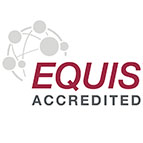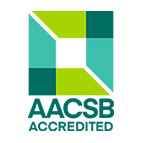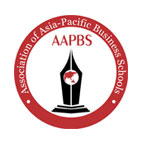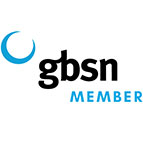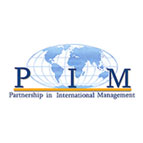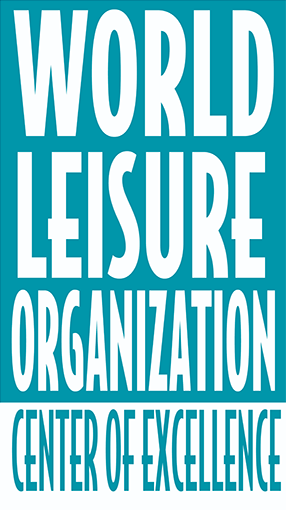Entrepreneurial Capital (EC) is a multi-dimensional stock of creative-problem-solving capabilities that overlaps theoretically with human capital (HC) and social capital (SC), focusing on the behavioural and social-network measures listed in the final section (as opposed to formal education), each of which stands on the back of a peer-reviewed literature validating the multiple measurement instruments that comprise the EC Assessment Tool (ECAT):
EC Assessment Tool (ECAT) measuring multi-dimensional EC
1. Grit: 10-item Grit metric (used by many large employers, militaries and entrepreneurship researchers)
2. Entrepreneurial Capital instrument (5-item) by Erikson (2002) eliciting the subjective probability of the participant starting a business and its likelihood of success
3. Entrepreneurial Mindset (11-item), The Danish Foundation for Entrepreneurship, Assessment Tools and indicators for Entrepreneurship Education (ASTEE),
4. Entrepreneurial self-efficacy (17-item)
5. Adaptability (7-item)
6. Risk tolerance, measured with four widely used instruments:
a. Eckel-Grossman (2002) to measure risk-return trade-offs (1 item);
b. Crosetto & Filippin's (2013) Bomb Risk Elicitation Task (BRET) (1 item);
c. Dohmen et al's single Likert-scale question (1 item); and
d. DOSPERT (30-items measuring risk attitudes in 6 different domains, Columbia Decision Science groupincludes items about having an affair, unprotected sex and taking questionable tax deductions…not appropriate for children and some adult populations, but 3 of 6 domains covering financial, health & safety, and recreation are appropriate for most audiences)
7. Ambiguity tolerance (Ellsberg Paradox and related instruments)
8. Dynamic Capabilities (multiple instruments in the literature under development)
9. Absorptive Capacity
10. Swedish Flow Psychology Instrument (7 items x 2)
11. Wason Selection Task (deductive logic, 1 item)
12. Ravens matrix (fluid intelligence)
13. Creative ideation
14. Time preferences (patience, impulsiveness, long-term thinking or subjective weight on future payoffs, elicited in 10 binary choice items and the 3-item Cognitive Reflection Test)
15. Berlin Numeracy Test (4 items on mathematical reasoning with the arithmetic of probabilities, rates and frequencies)
16. Gross versus net (objective test of knowledge about netting out costs)
17. Compounding growth accounting (objective test of compounding growth, e.g. 10% growth for 2 years achieves more than a 20% increase over two years)
18. Opportunity cost and hidden value without cash flows (sensitivity to costs that have no cash flow attached, i.e. implicit costs)
19. Sunk cost sensitivity (succumbing or not succumbing to the 'sunk cost fallacy')
20. Pitching (22-item survey based on Daniel Batten's How to change the world with one pitch: A blueprint for winning at life one conversation at a time)
21. Private capital markets and entrepreneurial fundraising
22. Entrepreneurial network size and quality
23. Trust (widely studied 'trust game' from experimental economics about passing money to another person)
24. Likelihood of cooperating with other producers in the respondent's region (i.e. organising one's supply chain to depend on or involve on co-located producers) as opposed to viewing them as rivals in a zero-sum game
References
Crosetto, P., Filippin, A. (2013). The “bomb” risk elicitation task. J Risk Uncertainty 47, 31–65 (2013).
Dohmen, T., Falk, A., Huffman, D., Sunde, U., Schupp, J., Wagner, G.G. (2011). Individual risk attitudes: measurement, determinants, and behavioral consequences. Journal of the European Economic Association, 9(3), 522–550.
Eckel, C.C., & Grossman, P.J. (2002). Sex differences and statistical stereotyping in attitudes toward financial risk. Evolution and Human Behavior, 23(4), 281–295.
Erikson, T. (2002). Entrepreneurial capital: the emerging venture's most important asset and competitive advantage. Journal of Business Venturing 17(3): 275-290.

